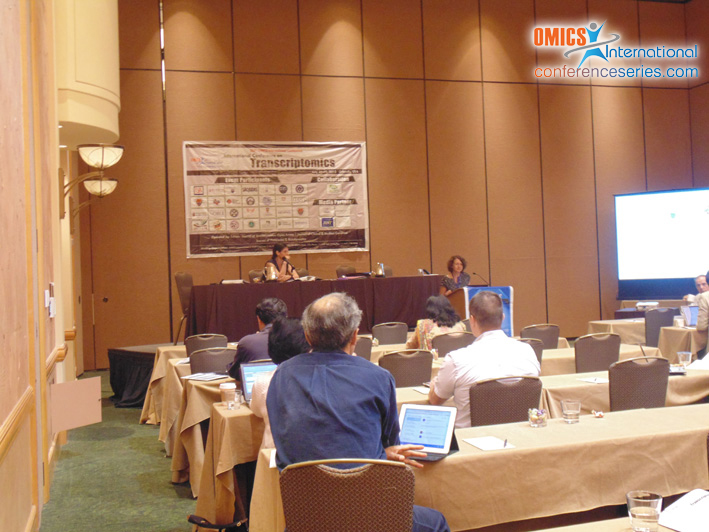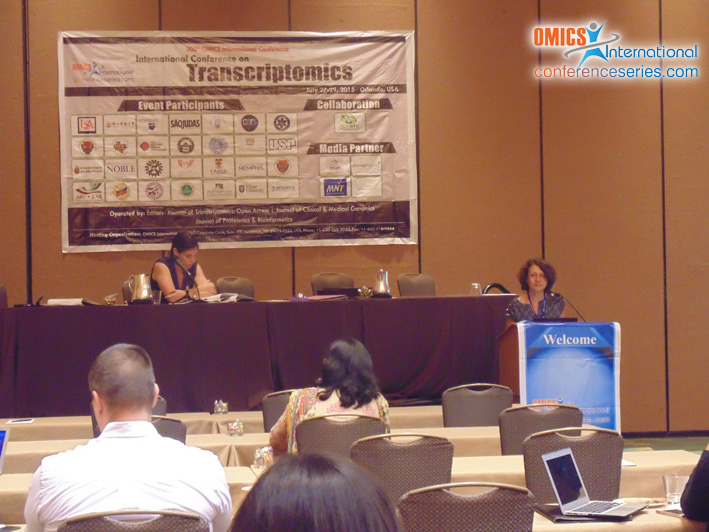
Claire Lemaire
National Center for Scientific Research, France
Title: Quantitative analysis of the mitochondrial proteome and phosphoproteome in the yeast Saccharomyces cerevisiae
Biography
Biography: Claire Lemaire
Abstract
The mitochondrion is an organelle with multiple functions, the most important of these being to provide energy to the cell as a whole in the form of ATP, generated by oxidative phosphorylation catalyzed by the respiratory enzymes in the mitochondrial inner membrane. In humans, deregulation of mitochondrial functions, particularly with regard to the respiratory chain, is associated with several pathologies, including neurodegenerative diseases, neuromuscular diseases, type II diabetes and cancer. The activity of the respiratory enzymes may be modulated in response to metabolic demand and various types of stress. Several levels of regulation may be conceived, including changes in protein expression magnitudes, reversible interaction with effectors, and post-translational modifications, such as phosphorylation. The steadily increasing number of identified mitochondrial phosphoproteins, kinases and phosphatases suggests that reversible protein phosphorylation could be an important level of regulation in mitochondria. However, this hypothesis cannot be tested without quantitative data on variations in the abundance of mitochondrial proteins and their level of phosphorylation under different growth conditions. The yeast Saccharomyces cerevisiae is a powerful tool for studying various energetic and physiological states as it is a facultative aerobe which can grow on either fermentative or respiratory substrates. We present for the first time a quantitative study of both protein abundance and phosphorylation levels in isolated yeast mitochondria under respiratory and fermentative conditions. To focus our analysis specifically on mitochondrial proteins, we performed a subcellular fractionation and used LC–MS/MS to overcome the limitations of 2D gel electrophoresis. Protein abundances were quantified using a label-free method. The phosphoproteome was analyzed quantitatively using the multiplex stable isotope dimethyl labeling procedure. For all quantified phosphopeptides, protein abundance was determined, allowing normalization of the data and permitting analysis of the specific variation of phosphorylation status independent of changes in protein abundance. This study provided reliable information on how the yeast mitochondrial proteome and phosphoproteome adapt to different carbon sources.



